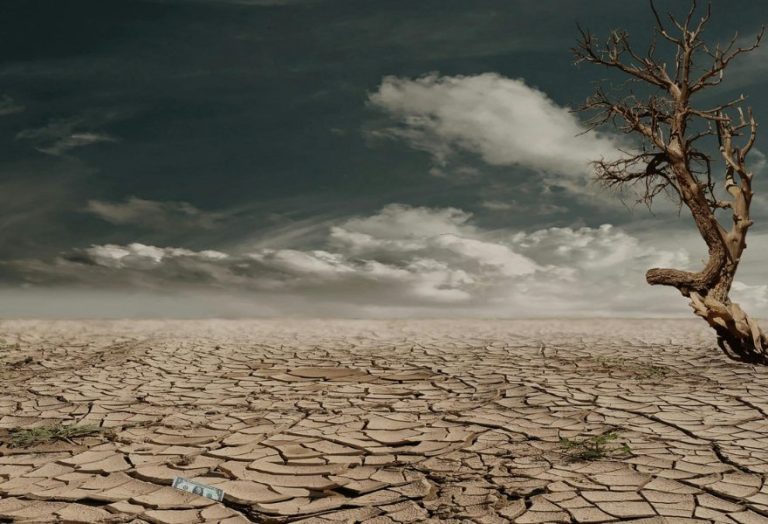A banking desert is defined as “an area without traditional financial institutions and services,” meaning there is no physical bank branch within a specified radius (2 miles for urban areas, 5 miles for suburban areas, and 10 miles for rural areas). There are currently over 3,000 banking deserts in the U.S. affecting over 12 million people. Many more regions in the country have the potential to become banking deserts if one branch closes, impacting even more Americans.
Let’s look at why banking deserts have been increasing over the past few years and who is most impacted by them.
Pandemic branch closures
According to the Federal Reserve, 5,231 bank branches closed from March 2020 to July 2021 alone. By mid-2023 almost two hundred more branches closed. Many large banks appeared to be thinning out their physical operations during the pandemic as they began leaning more heavily into digital banking – as 78% of those branch closures had another branch within half a mile of the closure.
Indeed, even though total bank branches in the U.S. decreased by 5.6 percent from the end of 2019 to June 2023, very large banks (those with assets of $50 billion or more) closed a greater proportion of their banks, 12.6 percent, while credit unions closed only 0.1 percent of their branches. Among those very large banks, five of them – Truist, Wells Fargo, PNC, Bank of America, and U.S. Bancorp – accounted for more than 50% of the total branch closures during the pandemic. Those five banks also accounted for around a quarter of deposits in 2023, meaning a lot of customers likely know of a branch that closed in their area.
Who is most impacted?
When bank branches close, the effects felt by consumers can vary greatly depending on the community. For many consumers, especially those who live in large cities, a branch closure may simply mean they have to travel a little farther to visit a physical branch. In fact, 90% of branch closures at the start of the pandemic had another branch within one mile. Many of those consumers may have been marginally impacted by the closure. However, that doesn’t mean that all branch closures have minimal impact.
Communities with higher proportions of low-income, disabled, and racially diverse individuals lost branches at a disproportionate rate, according to the Federal Reserve Bank of Philadelphia. And between 2019 and 2023, 217 new banking deserts emerged throughout the United States, impacting 760,000 people, which can impact those communities for generations to come.
A study published in 2019 found that growing up in a banking desert left individuals at a financial disadvantage throughout their adult lives, even after moving to areas with more banking services. In particular, the study looked at Native Americans who grew up on reservations, half of which did not have a financial institution within 30 miles in 2001. The negative impacts of banking deserts include lower credit scores, higher rates of delinquency, a lack of low-cost credit options, and higher vulnerability to check fraud.
Many banking deserts, including those on reservations, are also in areas that have limited access to broadband, meaning digital banking isn’t necessarily an option for many of those residents.







